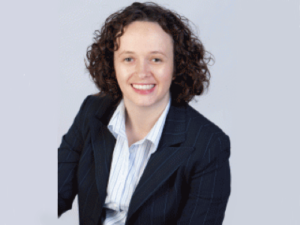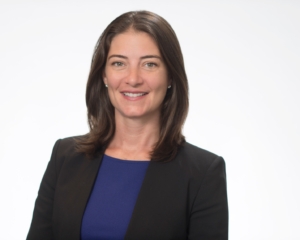Guest contributed by Karina DeLaCruz, Diversity Executive at CSAA Insurance Group, a AAA Insurer

Image via Shutterstock
Companies that embrace diversity can better reap the economic benefits of a diverse and inclusive workforce — and increasingly diverse markets. Our growing diversity as a nation and the impacts of globalization underscore why it’s critical for companies to embed the value of diversity and inclusion in their policies and practices for long-term success.
Diversity has an impact and is proven to drive engagement, innovation and profitability – all of which have very real bottom-line impacts:
Diversity drives engagement. Organizations that capitalize on the strengths of all employees – and leverage their differences and unique values – have the most engaged employees. Employees with the highest level of engagement perform 20 percent better and are 87 percent less likely to leave the organization than employees with low levels of engagement, according to a study by the Corporate Leadership Council. Engaged employees are more satisfied at work and more productive, and are more likely to stay with an organization and contribute to its success.
Diversity drives innovation. By bringing together different backgrounds, skills, and experiences, businesses are better positioned to develop innovative solutions needed to succeed in an increasingly competitive economy. Forbes Insights conducted a survey of more than 300 senior executives: among companies with more than $10 billion in annual revenues, 56 percent strongly agreed that diversity helps drive innovation.
Diversity drives profitability. Numerous studies have demonstrated a business benefit to diversity. Deloitte highlighted research of 506 U.S. organizations showing that organizations with greater racial and gender diversity performed better in terms of sales revenues, number of customers and market share. Catalyst looked at Fortune 500 companies with the highest representation of women board directors and they attained higher financial performance, on average, than those with the lowest representation of women board directors.
How do we get started?
If not approached strategically, diversity can feel like “just one more thing” employees are asked to take on. Consider these three key components in building out your diversity and inclusion strategy:
- Get clear on the business outcomes you’re looking to drive through diversity and inclusion. Make sure you fully align those outcomes with company strategy.
- Secure C-suite commitment — and their active, visible engagement with your efforts.
- Embedding diversity in your company’s core values helps ensure that it is considered in strategy development and execution, and considered when critical decisions are made.
Launching a diversity and inclusion program – or expanding efforts – may require having difficult conversations to break through unconscious biases and educating leadership on how the program supports company goals and can benefit the employees and customers. Only when that foundational work is complete can you fully implement a successful diversity and inclusion program and reap the benefits.
How do you measure success?
No matter how much value you believe the program brings to the company, it’s important to track results. We look at metrics focused on key initiatives in each of the four pillars of our diversity and inclusion strategy. These include:
- Workforce: reflecting the diverse communities we serve
- Workplace: influencing company culture through diversity and inclusion
- Community/Marketplace: strengthening our brand in the marketplace through outreach, philanthropy, volunteerism and business partnerships with organizations that have similar values
- Members/Customers: weaving diversity and inclusion into the fabric of our business strategy and using it to better understand our customers’ needs and expectations
We developed a scorecard to measure success. For example, for the workplace pillar we look at our workforce representation, as most companies do. We also have a diversity index within our annual employee engagement survey that allows us to measure our effectiveness in providing an inclusive work environment. When it comes to community and marketplace, we evaluate how we’re doing in the area of supplier diversity and whether we’re increasing our community presence in terms of volunteer hours and community events hosted by the diversity and inclusion team.
The future of diversity and inclusion
Twenty years ago when we talked about diversity, the focus was on race, ethnicity and in some cases, sexual orientation. More companies are shifting their focus from diversity to inclusion or belonging. Diversity is a fact. Inclusion is a practice. Equity is the goal.
Ultimately, diversity and inclusion is a journey with no finish line. We all can play a role in helping create a more welcoming environment at work, while also enjoying the competitive advantages of inclusion.
Karina DeLaCruz is the Human Resources Consulting and Diversity Executive at CSAA Insurance Group based in Walnut Creek, CA. She has extensive background and expertise in Human Resources, Diversity and Inclusion, Leadership Development, Business Operations and Customer Service. In her role at CSAA Insurance Group, she is responsible for the design and execution of the company’s diversity and inclusion strategy and oversees all of their diversity and inclusion initiatives and programs.
Disclaimer: The opinions and views of guest contributors are not necessarily those of theglasshammer.com









